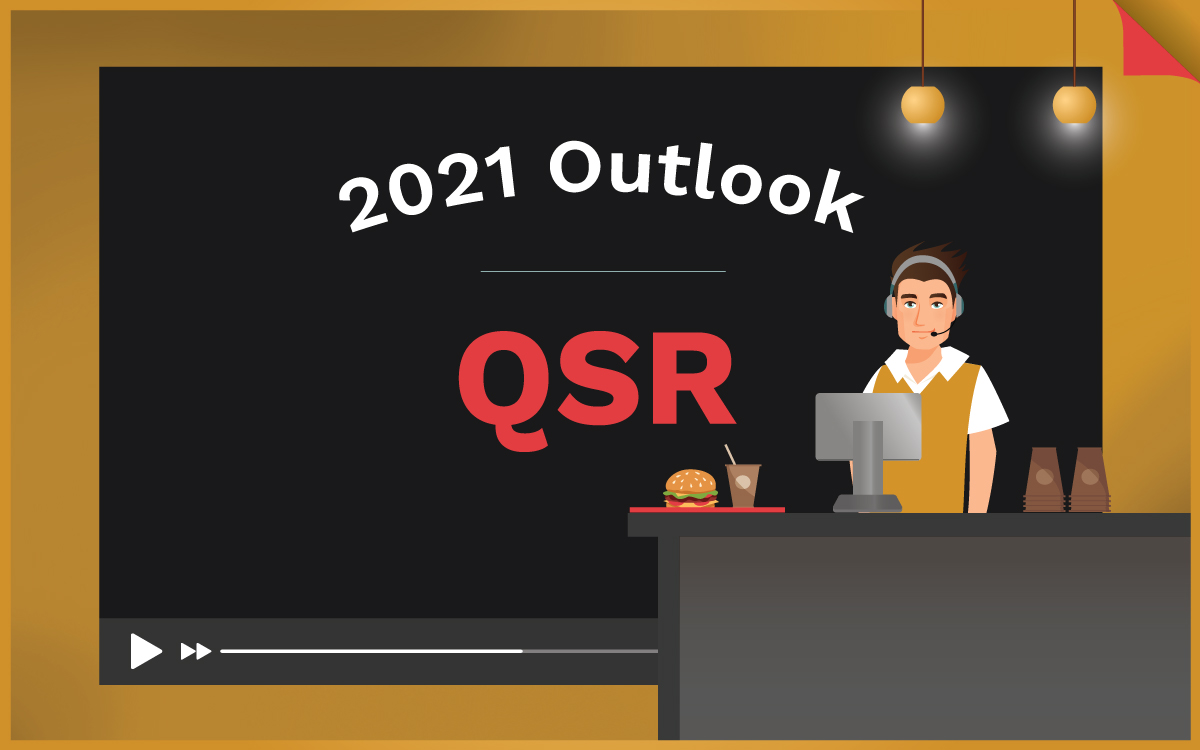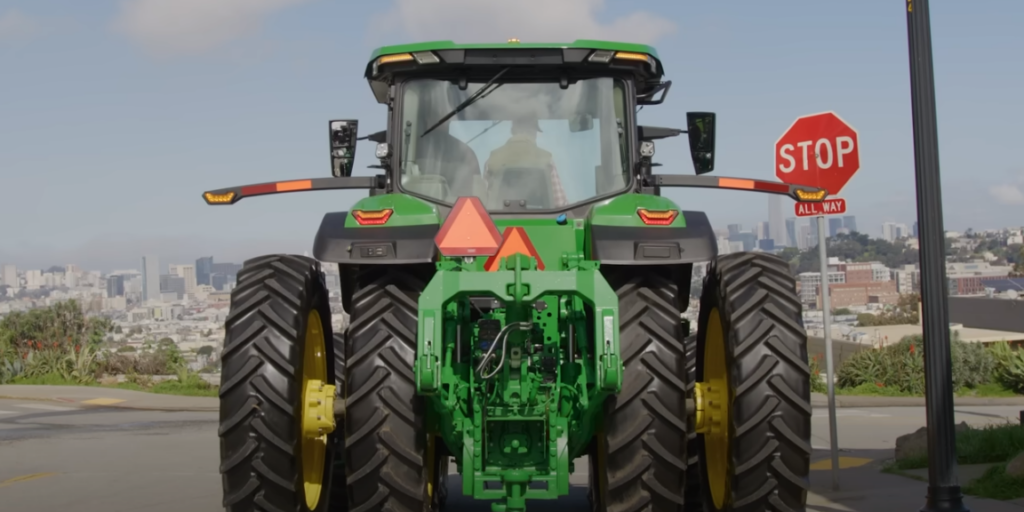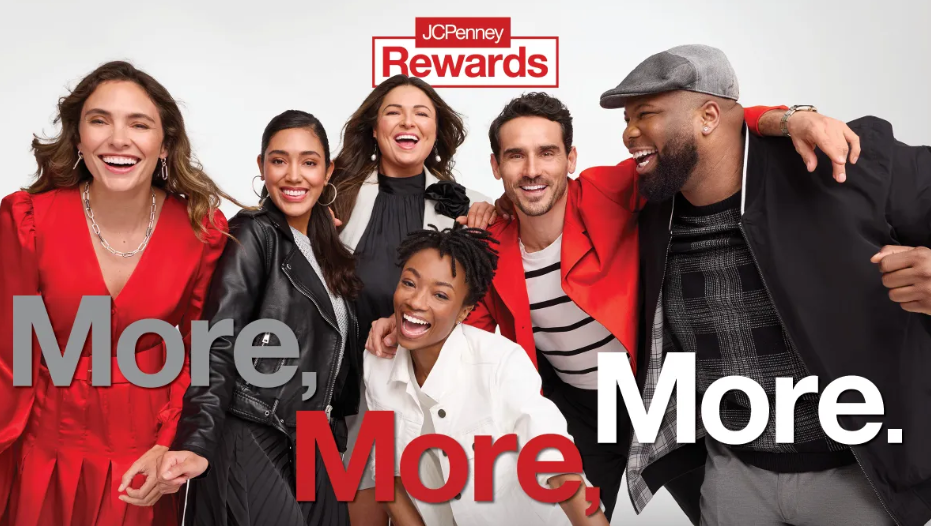In the third installment of our new 2021 Outlook Series, Brand Innovators talks to QSR CMOs and marketing leaders for insights into what to expect next year, and what the QSR category will look like as consumers avoid eating out but will still look for take-out and delivery options.
QSR marketers had an interesting 2020 – many profited as consumers turned to quick service restaurants with drive-thru and pickup options over their favorite physical restaurants. But it was not always easy, many fast-food chains had to quickly adapt to digital and transform their online and mobile ordering processes and offer low-to-no-contact options for pickup and delivery.
As 2021 approaches, one thing is clear: even if the pandemic goes away, COVID-19 behaviors will likely continue to influence consumer behavior throughout the new year.
“I’m hoping that we will not be suffering from this pandemic by mid-next year,” said Fernando Machado, global CMO, Restaurant Brands International. “What happened will change behaviors of people and how they interact with each other and our industry. We’ll be in this weird world for a while and hopefully there will be a vaccine and that can scale quickly. But I don’t think it will be like it was before.”
Even if a vaccine comes and consumers become less wary of eating out, QSR’s digital transformation is here to stay. “Within the QSR category, some things are going to be an enduring legacy of this, even when there is a vaccine,” said David Skena, CMO of Krispy Kreme. “Delivery and pickup may drop off, but they will drop off to a higher plateau than they were before the pandemic. People expecting access to the brands they love in more channels, that is going to stay too.”
In the meantime, as winter approaches and the virus continues to spread, consumers will likely still avoid dining out in restaurants for the foreseeable future. In 2021, the fast casual sector will likely be more appealing to people that are looking for take-out and delivery options. QSR brands that can offer consumers innovative experiences and easy-to-use, no-contact options will win out.
“The way I’ve seen the category evolve and our competitors evolve, everyone is recognizing that it’s not at all going to be a return to normal,” said Barry Westrum, Chief Marketing Officer, Taco John’s. “What we’re seeing right now is going to be long lasting as it relates to the way consumers think and behave. For an extended period of time the drive thru will be seen as the safest, quickest most cost-effective way to access restaurant brands and that’s not going to change in this short term.
Drive-thrus will play a major sales role for QSRs, but consumers will also be looking for ways to order online and on their phones.
“We’ve seen data that suggests 75% of Americans will visit a quick-serve restaurant within a typical week and we expect that number to increase,” Westrum added. “The acceleration for mobile ordering will also be critical. Consumers are accessing their brands more than ever, so this moment is an acceleration of some very important trends in our industry. I’m not sure we’ll ever see what the world looked like in early 2020 ever again. These are permanent trends, and the brands who accelerate with them will be the ones that win.”
QSR brands that don’t have mobile or digital ordering will have to develop these programs. Those that do will have to invest further to continue to deliver convenient experiences to consumers.
“Convenience in all areas of the brand experience will rise to a top priority in the QSR consumer decision making process which will result in brands investing more than ever before to meet this elevated expectation,” said Alan Magee, Vice President of Digital Marketing and Technology at Church’s Chicken. “Customer data and personalized, real-time marketing will be making the shift from nice-to-have to must-have in marketing strategies.”
Instead of wide investment in out-of-home and billboards, expect to see more money spent in digital platforms and online, mobile ads and advanced ecommerce experiences.
“In the past, restaurants have been relatively slow to adopt ecommerce and big data solutions compared to other industries, but in 2020 ecommerce became vital across all concepts,” said Mark Messing, Director of Digital at Domino’s Pizza. “I would expect a rapid acceleration in digital technologies used to improve customer experiences by making them more convenient and contactless. New solutions will emerge as each concept figures out how to solve the problems specific to them. Store designs and real estate footprints will evolve to best enable pick up, drive thru, and delivery.”
Since consumers are experiencing the brand less in physical spaces, QSRs will have to come up with new ways to communicate their presence digitally.
“The category is now becoming very similar to a direct-to-consumer analogy so whether we are selling through our own website or our app, that the restaurant storefront itself is being somewhat disintermediated,” said Andy Rooks, CMO of Just Salad. “There is so much sensory stimulus that happens when you are in a physical space that you just don’t have digitally when you are looking at a screen. How do you reinforce that digitally? My hope for the category is we will continue to see an elevated experience that hopefully casts digitally as well.”
Where people eat is not the only thing that has changed. Who people eat with has also changed and that behavioral transformation is likely to last well into 2021. “People are still probably going to work from home in the first part of the year,” Rooks added.
Instead of eating with co-workers at the office, people are working from home, their kids are doing virtual school and now families are dining together.
“Consumer dining behaviors have been disrupted and changed, serving the single individual eater has become less important than people who are eating in a group context,” said Bernard Acoca, President/CEO of El Pollo Loco. “When people weren’t sheltering at home, when people were going to their offices, that lunchtime occasion and serving that individual was way more important than it is today. It is not that it isn’t important now, but the way people are eating lunch now is within groups, within a family context and so now you have to look at your portfolio to create menu items that serve that group need or you will be a few steps behind. ”
Global brands will also be looking regionally and adapting marketing and programs on a local level. China could look very different than Spain or the United States and brands should be prepared to understand the market they are working in to decide on their marketing plans.
“We look at trends, sales and what people are looking for and how they’re feeling, what attributes they are prioritizing,” RBI’s Machado said. “In some markets they want value, in other markets health and wellness become more important. We put our guests at the center of decisions and we try to find ways in terms of the product innovations, promotions and advertising, to meet their demands. But it’s all driven by our insights and research in each country.”
No matter where in the world QSR brands are operating, there will always be people to feed.
“I think that people will continue to eat out, I don’t think restaurants are ever going away,” said Erin Levzow Vice President Marketing Technology at Del Taco. “As long as you continue to provide fresh quality food at a really great price, people will still be flocking to your doors.”




